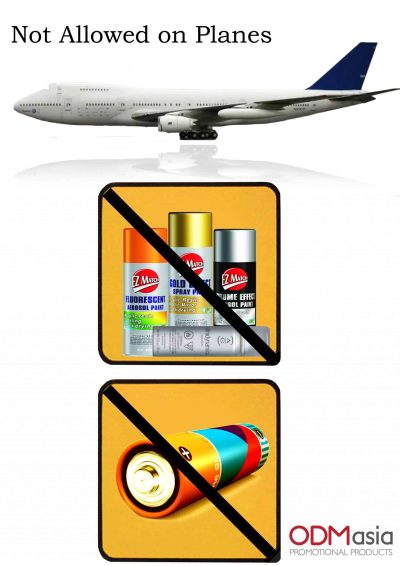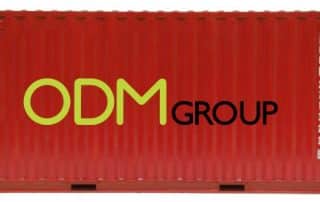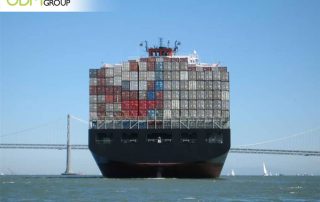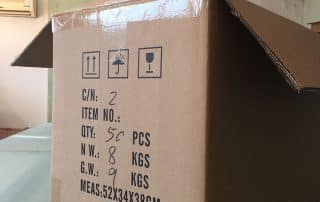When it comes to the transportation of goods, there are many different factors that can affect how a product is shipped. One of the most important factors is the product in question, as different types of products require different types of handling and shipping. What are the crucial points when shipping hazardous materials? Let’s take a closer look at this blog.

Shipping Hazardous Materials and Goods
Shipping promotional goods worldwide is a common practice amongst businesses. If you have new products to promote or even just looking for a cheap way to advertise, promotional goods can be an excellent choice.
Thing is, shipping promotional goods isn’t just about placing them in packaging and sending them to your prospective customers. There are rules and regulations that govern how these goods can be shipped, transported and stored.
Here’s an overview of the process involved in shipping hazardous promotional goods:
1. Identify the item –
Is it classified as a hazardous material?
The following are examples of commonly shipped materials that are considered hazardous:
- Battery-powered equipment (some)
- Consumer commodities such as aerosols and lighters
- Contents of first aid kits (some)
- Corrosives
- Dry ice
- Environmentally hazardous substances
- Explosives, gases, and flammable liquids
- Flammable solids
- Genetically modified organisms and micro-organisms
- Infectious substances
- Inflatable life-saving appliances
- Magnetized material (some)
- Oxidizing substances and organic peroxide
- Patient specimens
- Radioactive materials
- Toxic substances
Ordinary items for daily use such as batteries may not be suitable for shipping by air, some others even with restrictions for sea shipment.
Items like aerosol cans contain pressurized air and therefore most shippers will not ship this LCL (Less than a Container Load), preferring instead to ship these only in FCL (Full Container Load).
Certain specific terms may also be clues that dangerous goods and/or hazardous materials may be present.
Watch out for any of the following descriptions that could indicate Dangerous Goods or Hazardous Materials:
- Acidic
- Caustic
- Combustible Communicable
- Compressed Gas
- Corrosive
- Explosive
- Flammable
- Infectious
- Inflammable
- Poison
- Radioactive
- Refrigerated
- Toxic
- Volatile
2. Packaging –
Does the product require special packaging? What kind of packaging should it be packaged in? Are there any special labelling requirements?
Having accurate shipping marks on your shipment packaging will not just help you locate your products easily once they arrive in warehouses but can also foster awareness among handlers on what’s inside. Here’s a quick guide in making shipping marks for export cartons:
At ODM, we ensure to conduct stringent quality control checks to guarantee the safety of promotional products during handling and shipment. A Packaging Drop Test imitates drops and rotational impacts that packages may experience during the entire shipment process.
3. Documentation
What documents will you need for customs?
-
Material Safety Data Sheets (MSDS)
A Material Safety Data Sheet (MSDS) is a document that contains information on the potential hazards (health, fire, reactivity and environmental) and how to work safely with the chemical product. It is an essential starting point for the development of a complete health and safety program.
It also contains information on the use, storage, handling and emergency procedures all related to the hazards of the material. The MSDS contains much more information about the material than the label. MSDSs are prepared by the supplier or manufacturer of the material.
Moreover, it is intended to tell what the hazards of the product are, how to use the product safely, what to expect if the recommendations are not followed, what to do if accidents occur, how to recognize symptoms of overexposure, and what to do if such incidents occur.
-
Certificate of Origin
If you are shipping merchandise goods overseas, it is imperative to understand why COO is an integral part of shipping promotional products from China. This blog will explain what it is, who provides this document, and why you should request a Certificate of Origin.
-
Brand Authorization Letter
When manufacturing promotional goods from foreign countries like China, you may be asked to provide the supplier with a brand authorization letter. This document is necessary for established brands to export products from China and import them. Let us guide you through in writing this letter for your business:
4. Transporting –
Who can handle the transporting of these goods? How will they be transported?
You may also be interested in knowing how to calculate container shipping time. Please note that the port of loading taken as a reference here is in Hong Kong, but The ODM Group also ships out of Shanghai, Ningbo, and Shenzhen, among other ports.
5. Storage –
Where will the materials be stored while they’re waiting to be shipped out?
Our team works with a number of warehouse fulfilment agents in China. Together, we group shipments and deliver to multiple locations. Check out the benefits of product storage and consolidation in China and learn about the process in this blog:
In this blog, we have detailed the step by step process of warehousing in China and how it is beneficial for your own businesses. What makes it a perfect solution to improve your business efficiency?









